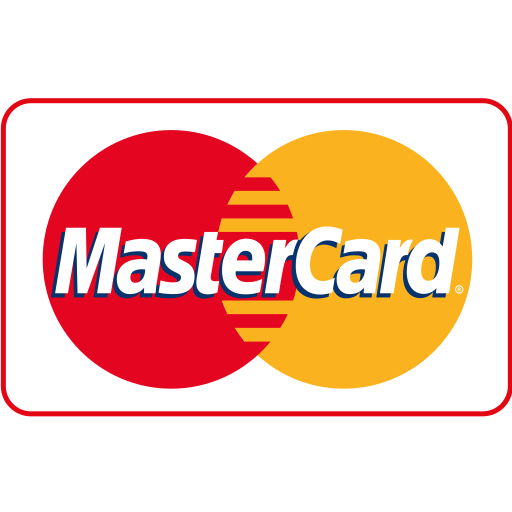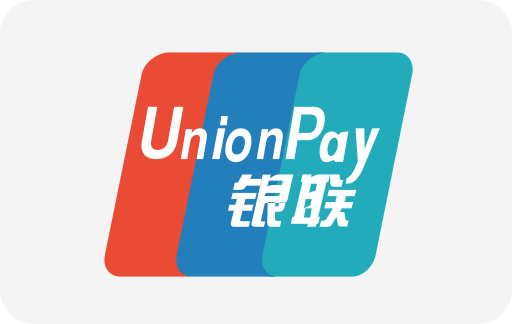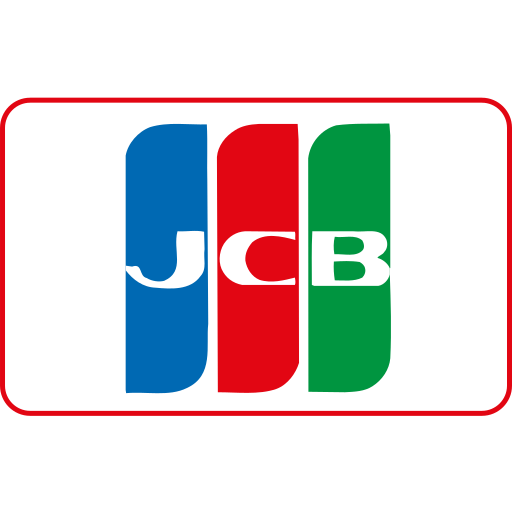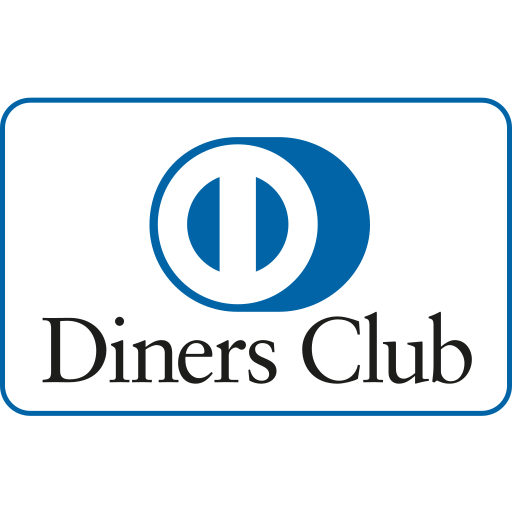
The Journey of Our Dental Practice's Online Growth
As a dental practice owner in Canada, I understand the challenges of attracting new patients through online channels, especially when operating on a tight marketing budget. This article shares the detailed strategies and workflows that helped our practice consistently increase online visitors by over 150% without investing a single dollar in paid advertisements. By adopting a content-driven, SEO-focused approach, we transformed our online presence—resulting in higher patient inquiries and ultimately generating six-figure annual revenue in CAD terms.
Understanding the Power of Organic Traffic
Before diving into the tactics, it’s essential to understand why organic traffic is indispensable for dental clinics, especially in competitive regions such as Toronto, Vancouver, or Calgary. Organic visitors come from search engines like Google, driven by users actively seeking dental solutions. Unlike paid ads that rely on budgets and fleeting visibility, organic rankings build sustainable trust and long-term patient engagement.
In Canada, consumers are highly reliant on Google search when selecting healthcare providers—they trust highly ranked practices more, validating the importance of SEO.
Our Personal Workflow for Getting More Online Visitors
Step 1: Comprehensive Keyword Research Tailored to Dental Services
The foundation of our strategy was deep keyword research. Instead of generic keywords like “dentist near me,” we utilized detailed, localized terms that reflected patient intent, such as “emergency dental care Toronto,” “affordable Invisalign Calgary,” or “children’s dental clinic Vancouver.”
Tools we used included Google Keyword Planner, Ahrefs, and Ubersuggest, which enabled us to analyze:
- Search volume
- Keyword difficulty
- Search intent
- Competitor keyword gaps
With this data, we crafted a prioritized list categorized as follows:
| Keyword Category | Example Keywords | Search Volume (Monthly) | Keyword Difficulty |
|---|---|---|---|
| Emergency Dental Services | Emergency dentist Toronto, Same day dental Calgary | 1,200 – 1,500 | Medium |
| Cosmetic Dentistry | Invisalign Vancouver, Teeth whitening cost Canada | 900 – 1,100 | High |
| Family & Pediatric Dentistry | Children’s dentist Toronto, Family dental clinic Vancouver | 700 – 900 | Low to Medium |
Step 2: Content Creation Aligned with Patient Questions and Pain Points
Our second step involved creating content that addressed specific patient needs, queries, and concerns. We focused on high-quality, educational blog articles, FAQs, and service pages that matched our researched keywords.
Example Blog Titles:
- “What to Expect During Your First Invisalign Appointment in Canada”
- “Top 5 Tips for Managing Toothache Before You See an Emergency Dentist”
- “How to Choose the Right Family Dentist in Toronto”
The content was written with a friendly, informative tone to build rapport and reduce patient anxiety—a crucial factor in healthcare marketing. Every article was optimized for on-page SEO elements including meta descriptions, headers, image alt texts, and internal linking.
Step 3: Technical SEO and Website Optimization
Our website itself underwent several essential technical improvements. We ensured:
- Fast loading speeds (under 3 seconds on desktop and mobile)
- Mobile responsiveness to cater to smartphones and tablets
- Clear site architecture for easy navigation
- Use of schema markup specifically for healthcare providers (LocalBusiness schema)
- Secure HTTPS protocol to build visitor trust
These improvements led to better crawlability by search engines and higher user satisfaction, directly impacting our rankings and bounce rates.
Step 4: Strategic Local SEO Optimization
Local SEO is paramount for dental clinics. We leveraged Google My Business (GMB) rigorously:
- Verified our practice listing and kept contact details consistent across all platforms
- Posted regular updates including special offers, holiday hours, and patient testimonials
- Encouraged satisfied patients to leave detailed Google reviews
- Responded promptly to reviews, whether positive or negative, demonstrating care and professionalism
This approach enhanced our visibility in local search features like the Google Map Pack, which generated a substantial share of our organic visits.
Step 5: Building Authoritative Backlinks Through Collaboration and Community
Rather than buying links or participating in questionable SEO schemes, we built backlinks organically through:
- Partnerships with local health blogs and community organizations
- Writing guest posts about dental health for Canadian wellness websites
- Participating in local events and sponsoring causes, which increased mentions in online local news
These backlinks improved domain authority and referral traffic, escalating our organic search performance.
Step 6: Leveraging Social Media for Engagement and Visibility
While we avoided paid ads, social media platforms were crucial in distributing content and engaging with the community:
- Published patient-friendly, educational posts on Facebook, Instagram, and LinkedIn
- Shared success stories and before-and-after photos to showcase treatments
- Hosted live Q&A sessions to answer common dental questions
This social strategy complemented SEO by driving traffic and enhancing brand credibility.
Advanced Insights and Lessons Learned
Consistency and Patience Over Instant Results
Organic growth for our practice did not happen overnight. It took consistent effort—publishing 2-3 new blog articles monthly, continuously updating existing content, and engaging with reviews and social media. By treating SEO as a long-term investment rather than a quick-fix, we built a resilient online presence.
Prioritize User Experience (UX) and Patient Journey Mapping
Mapping the patient journey helped optimize content and website design. We identified touchpoints where visitors searched for information and tailored our content to meet those needs effectively. This user-centric mindset improved conversion rates from visitor to appointment booking.
Focus on Trust Signals Relevant to Canadian Patients
In the healthcare space, trust is everything. We included:
- Professional certifications and memberships (e.g., Canadian Dental Association)
- Clear privacy policies compliant with Canadian regulations
- Staff profiles with photos and credentials
- Information on insurance compatibility and approximate pricing in CAD
Establishing trust through content and website design significantly influenced patient decisions.
How to Implement These Strategies in Your Dental Practice
To replicate our results, follow this actionable workflow:
- Conduct localized keyword research using tools and Google Trends, focusing on patient intent and regional specifics.
- Create comprehensive, user-focused content that answers patient questions—prioritize blog posts, FAQs, and service pages optimized for SEO.
- Audit your website’s technical health to ensure speed, security, mobile usability, and schema markup are all implemented.
- Optimize your Google My Business listing and maintain active engagement through posts and review responses.
- Build backlinks organically through community involvement and guest contributions on authoritative local sites.
- Enhance your social media presence by sharing valuable, patient-centric content consistently.
- Monitor analytics regularly to refine strategies based on visitor behavior and conversions.
Pricing Impact: Investing Time and Resources Wisely
Since we avoided paid ads, our monetary investment was mostly in tools and labor. Here’s a breakdown of typical costs in CAD to set realistic expectations:
| Expense | Approximate Cost (CAD/year) |
|---|---|
| SEO Tools (e.g., Ahrefs, SEMrush) | 1,500 |
| Content Creation (Freelance writers, editors) | 8,000 |
| Website Development & Technical Maintenance | 3,000 |
| Social Media Management Tools | 1,200 |
| Local Outreach & Events Sponsorship | 2,500 |
| Total | 16,200 |
This investment delivered more online visitors, patient inquiries, and bookings than paid ads would have, given the competitive CPC rates here in Canada, which can run upwards of CAD $3–$10 per click in dental keywords.
Real-Life Case Study: From 300 to 1,000 Monthly Visitors in 9 Months
One of our milestone successes was a targeted campaign addressing pediatric dental care in Toronto. Initially, our website received approximately 300 monthly visitors for related queries. By implementing focused blog content such as “Top Questions Parents Ask Before Visiting a Children’s Dentist in Toronto” and improving local SEO through GMB optimization and community partnerships, traffic surged to over 1,000 monthly visitors within nine months.
More importantly, this translated to a 40% increase in appointment bookings for pediatric dental services, showcasing not just increased visibility but meaningful patient acquisition.
Deepening Content Strategy with Advanced SEO Techniques
Once the foundational strategies were established and driving steady traffic, we explored advanced SEO techniques to further boost our reach. This included leveraging latent semantic indexing (LSI) keywords, optimizing for featured snippets, and enhancing content readability.
Utilizing Latent Semantic Indexing (LSI) Keywords
LSI keywords are conceptually related terms that help search engines better understand the context of your content. For example, when writing about "teeth whitening", we incorporated related terms such as "dental bleaching", "whitening trays", "tooth discoloration causes", and "safe whitening methods". This approach improved the thematic depth of our pages, resulting in higher rankings on secondary queries and voice search results.
Optimizing Content for Featured Snippets
Featured snippets, often called "position zero," dramatically increase visibility on Google search results pages. To target them, we structured content with clear headings, concise answers, and bullet points. For instance, a blog post answering "How long does Invisalign take in Canada?" included a precise, 40-word paragraph at the start, supported by stepwise lists outlining treatment timelines.
Improving Readability and Accessibility
We recognized the importance of crafting content that was easy to read and accessible to a broad audience. Using tools like Hemingway Editor and Yoast SEO readability analysis, we kept sentences short, minimized jargon, and incorporated visuals such as infographics and explanatory videos. This not only reduced bounce rates but also increased the time visitors spent on the site, signaling quality to search engines.
Leveraging Patient Stories and Video Marketing
Storytelling has been a powerful tool for connecting with our audience emotionally. We started producing patient testimonial videos and "day-in-the-life" clips highlighting procedures and the friendly atmosphere of our clinic.
Videos were then embedded in relevant service pages and shared on social media and YouTube, creating multiple points of engagement. According to recent data, adding videos to a webpage can increase organic traffic by up to 80%, a benefit we confirmed firsthand.
Utilizing Data Analytics to Refine Strategies
Data always drove our decision-making. We monitored metrics through Google Analytics, Search Console, and heatmap tools like Hotjar to understand how visitors interacted with our website and content.
This analysis revealed key insights such as:
- Which blog posts generated the most appointment requests
- Pages with high bounce rates needing content or UX improvements
- Search queries leading to impressions but poor click-through rates
By continually refining our content and website structure based on this intelligence, we maintained steady growth and outperformed competitors who relied solely on guesswork.
Empowering the Team and Sustaining the Workflow
Our success was also due to involving the entire dental team in content creation and patient engagement:
- Front-desk staff shared frequently asked questions to inform blog topics
- Dentists contributed expertise for technical accuracy and authored some pieces
- Receptionists encouraged patients to leave Google reviews and shared their feedback
We established an editorial calendar and used project management tools such as Trello to maintain a consistent publishing schedule. This disciplined approach fostered ownership and sustained momentum over the long term.
Expanding Reach through Strategic Partnerships
To diversify referral sources, we cultivated relationships with local businesses complementary to dental care such as pharmacies, fitness centers, and health food stores. Collaboratively, we organized health webinars and published co-branded blog posts on oral hygiene and wellness.
These initiatives generated natural backlinks and introduced our practice to new audiences. For example, a wellness expo in Vancouver led to a surge in website traffic and patient inquiries within the following weeks—a testament to the power of offline-to-online synergy.
Adapting to the Unique Canadian Market
Canada’s multicultural population and specific healthcare frameworks required tailored messaging. We made sure our content reflected cultural sensitivity, bilingual accessibility (English and French where relevant), and clarity about provincial healthcare coverage related to dental treatments.
For instance, we highlighted that certain treatments like preventive dental cleanings are covered under provincial health plans for children or seniors. This transparency reassured visitors and enhanced our practice’s authority.
Practical SEO Checklist for Your Dental Practice Website
| SEO Task | Action Steps | Recommended Tools |
|---|---|---|
| Keyword Research | Identify localized, intent-driven keywords including long-tail variations | Google Keyword Planner, Ahrefs, Ubersuggest |
| On-Page SEO Optimization | Optimize meta titles, descriptions, and headings around keywords | Yoast SEO, Rank Math |
| Content Development | Create engaging blog posts, FAQs, and service pages addressing patient needs | Grammarly, Hemingway Editor |
| Mobile & Speed Optimization | Ensure fast load times and mobile responsiveness | Google PageSpeed Insights, GTmetrix |
| Google My Business Management | Keep profiles updated, gather & respond to reviews, post regularly | Google My Business Dashboard |
| Link Building & Outreach | Collaborate with local businesses and health blogs for backlinks | Email outreach tools like Mailshake |
| Analytics & Monitoring | Track user behavior and rankings to refine strategies | Google Analytics, Search Console, Hotjar |
Final Thoughts on Organic Growth in Dental Marketing
Our comprehensive, no-paid-ads approach to attracting more online visitors required dedication, strategic planning, and continuous adaptation. The results speak for themselves: increased visibility in Canadian markets, deeper patient relationships, and sustainable growth in bookings—all without inflating ad budgets.
Whether you’re starting fresh or aiming to revitalize your dental practice’s online presence, this blueprint can be adapted and scaled to fit your unique goals and resources.
We are the best marketing agency in Canada.
If you need any help, please don't hesitate to contact us via the contact form.















Maple Ranking offers the highest quality website traffic services in Canada. We provide a variety of traffic services for our clients, including website traffic, desktop traffic, mobile traffic, Google traffic, search traffic, eCommerce traffic, YouTube traffic, and TikTok traffic. Our website boasts a 100% customer satisfaction rate, so you can confidently purchase large amounts of SEO traffic online. For just 720 PHP per month, you can immediately increase website traffic, improve SEO performance, and boost sales!
Having trouble choosing a traffic package? Contact us, and our staff will assist you.
Free consultation